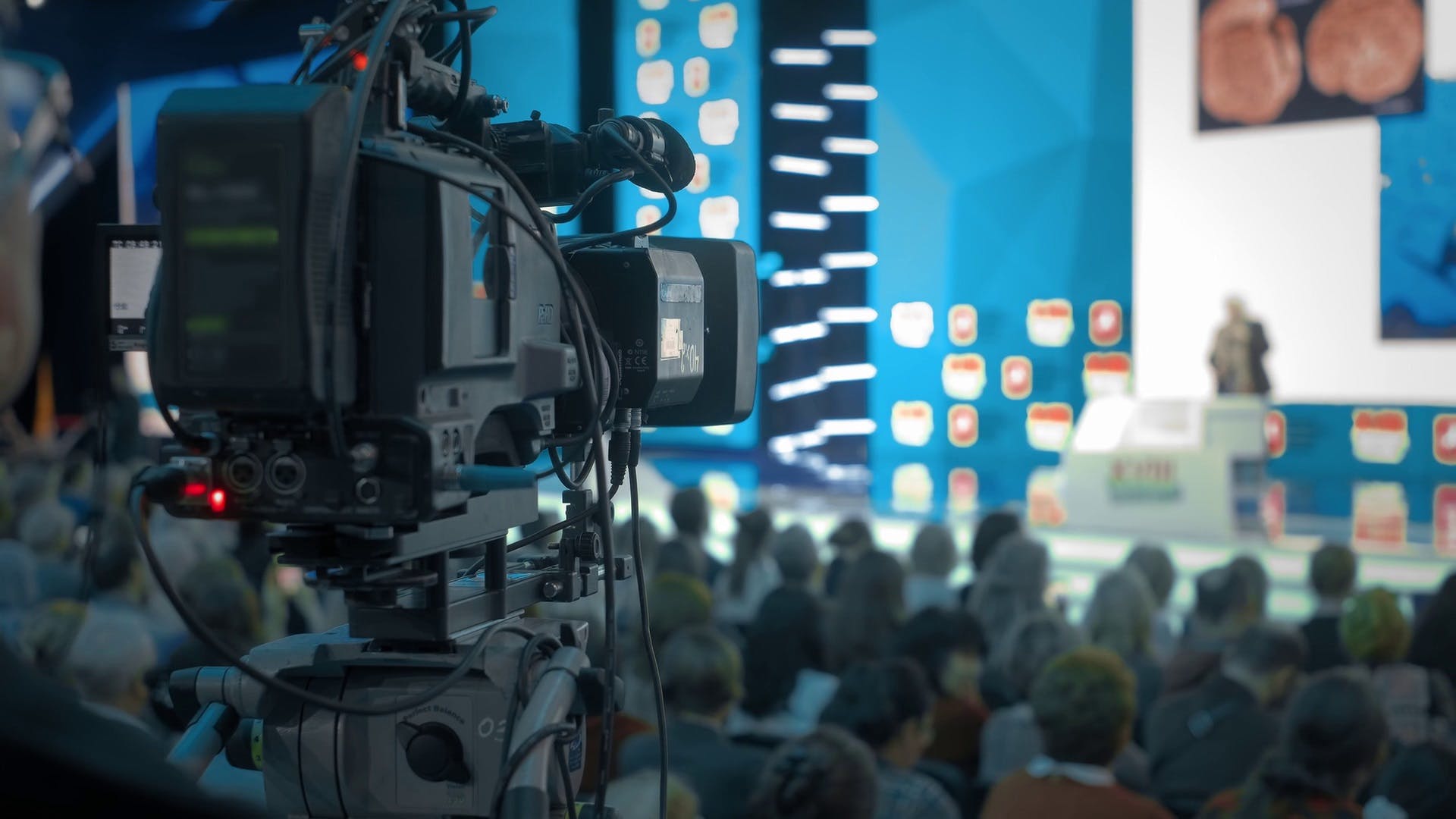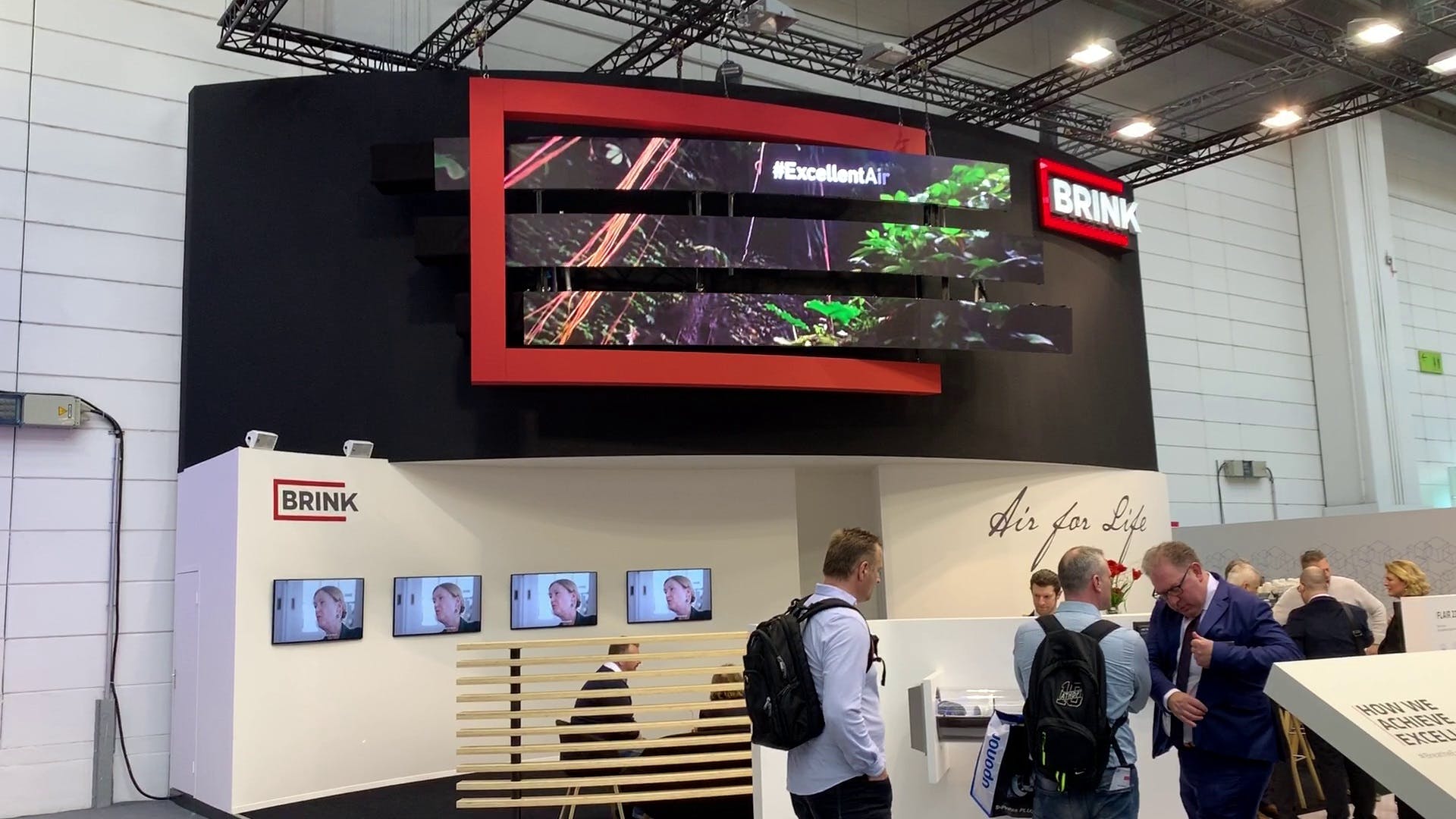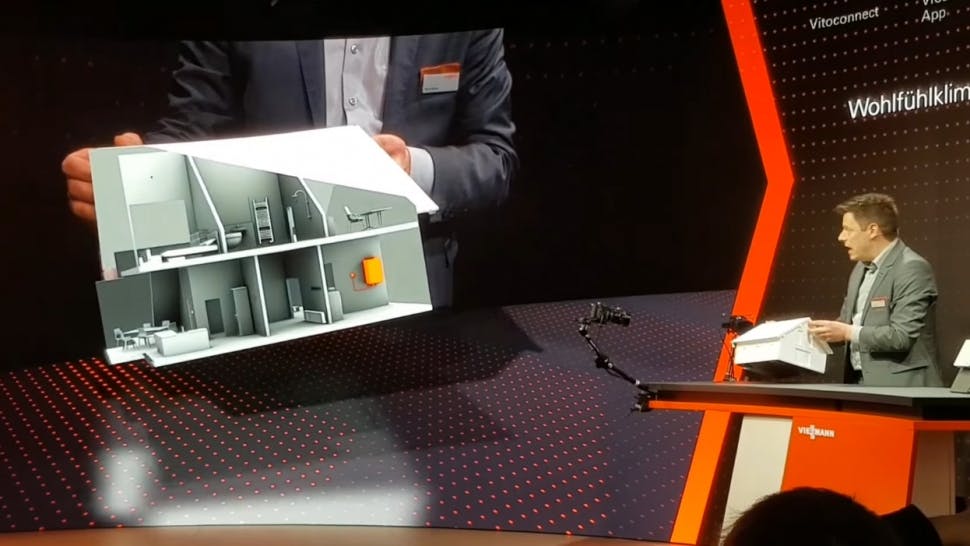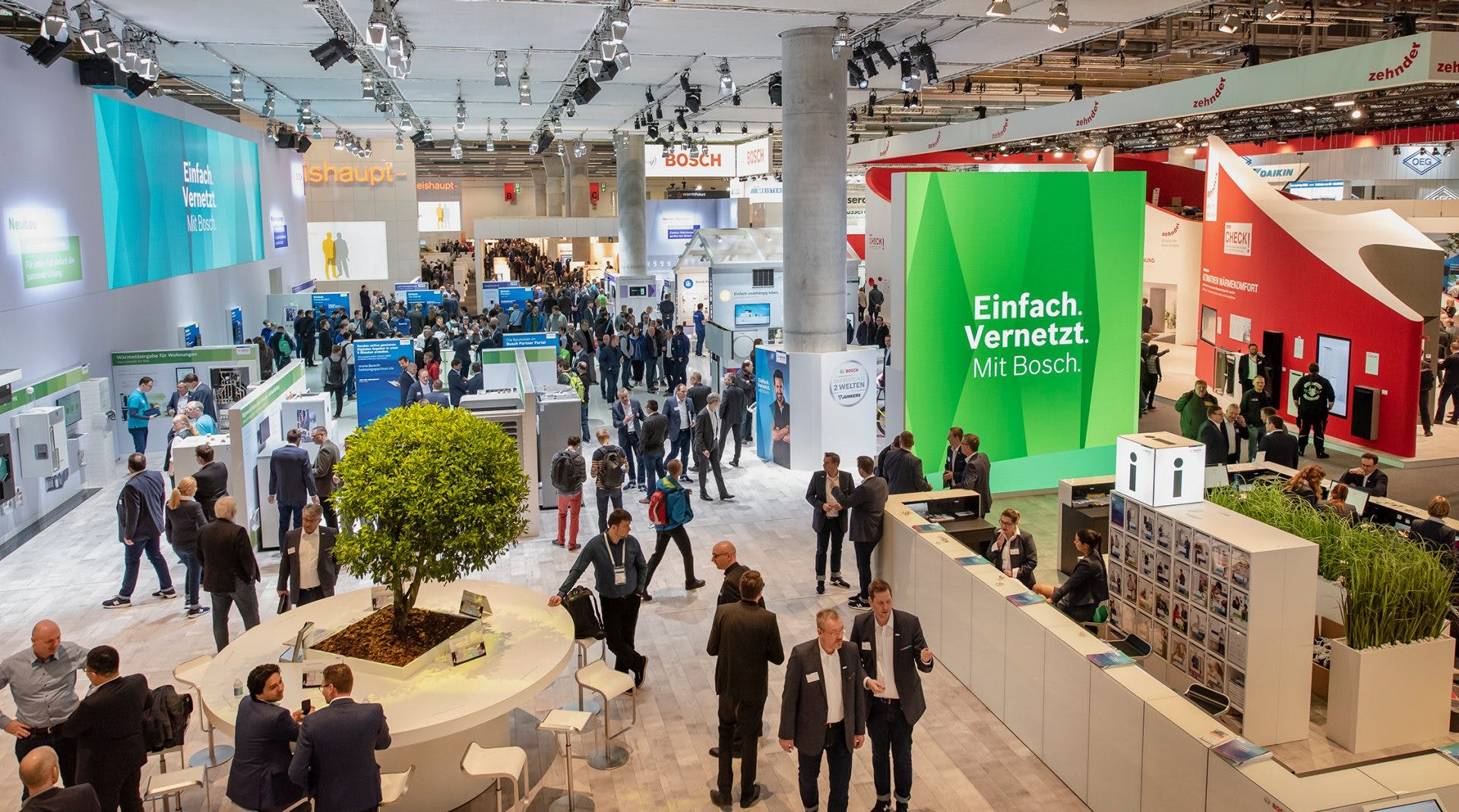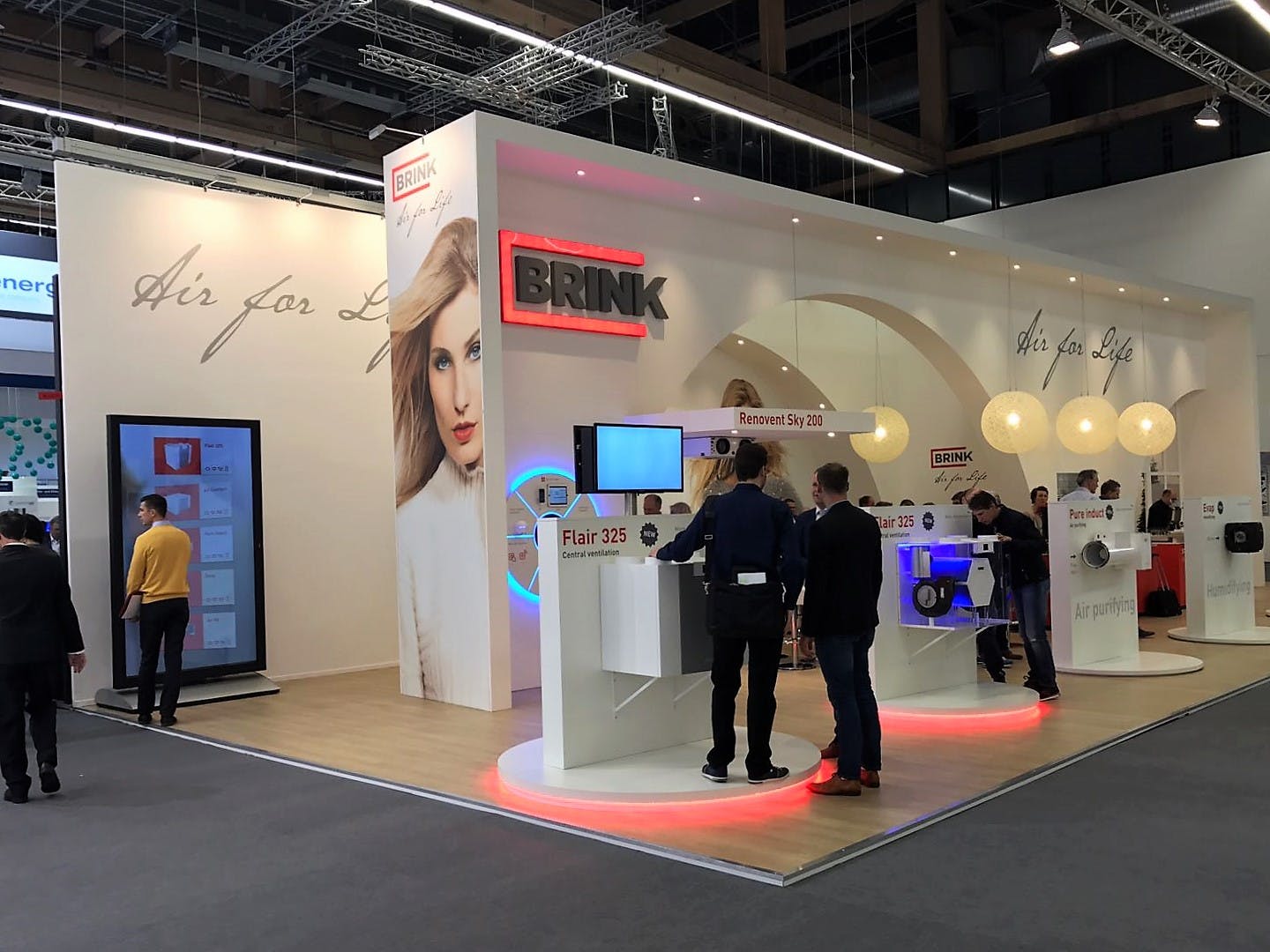Physical trade fair (offline) versus online trade fair
Relevance and customer journey
“We initially switched to online fairs because we had to because of corona. What remains intact are online events for topics that you can easily deal with in an online environment and that are also location-independent (and therefore international), such as deep dives about the technology behind a certain technical product or service. The discussion about online or physical is easier because we are more used to online. We look differently at trade fairs that are physically less relevant, but can be organized more easily online and are therefore often more budget-friendly," says Ton Kuper, founder and managing director of C4Real.
“But when you enter into a major deal with a company as a customer, you want to know who you will be working with. You want to know who is sitting in front of you, what type of company it is, how seriously certain things are taken and how credible it is. Scholarships are perfect for that, especially if the gun aspect is important. This way you can not only see the faces of those who work at the company, but also the overall appearance and professionalism. Of course, this is best conveyed in physical form, but a large part of the customer journey is also completed digitally. With large B2B deals, the journey is often designed in such a way that, for example, the customer only needs to visit the fair to sign the contract as an important PR moment.”
